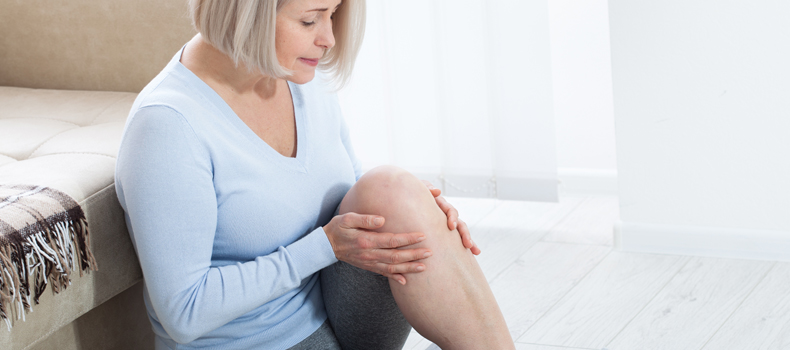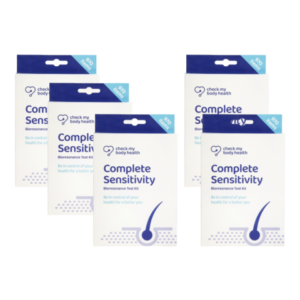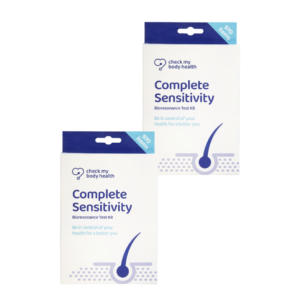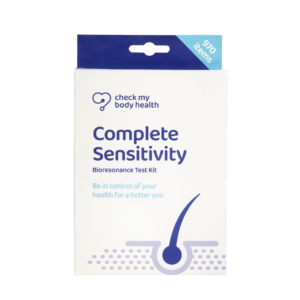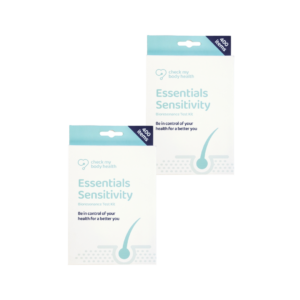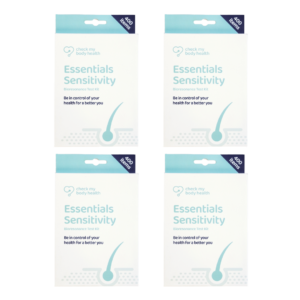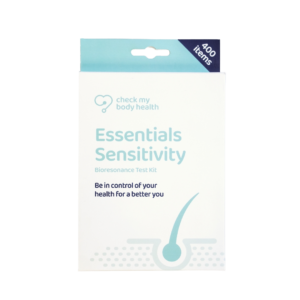Published June 12, 2020
If you are unlucky enough to be diagnosed with osteoporosis, living with it and managing it can be tricky. Unfortunately, it can be a fact of life for many people as they reach their elderly years, but it does exist even in children, teenagers and young adults. Your bone density is at its best at around the age of 30.
Osteoporosis should not be confused with osteoarthritis. Osteoporosis (OP) affects the bones, as opposed to the joints in the case of OA (osteoarthritis). Even more significantly, OA causes a great deal of pain, which is not present with OP unless a bone is fractured or broken.
What is osteoporosis?
Quite simply, it is thinning of the bone structure which causes weakness and extreme fragility in the skeletal make up. It can creep up gradually over a period of a few years or come on suddenly. Whichever way, you always need to be able to cope with it and ensure your safety – thinning bone density is likely to cause accidents involving fractures and breakages very easily.
Sometimes, it is not until you break a bone that osteoporosis is diagnosed, usually by x-ray or a bone density scan. Once you are diagnosed, some changes to lifestyle and diet need to be made for you to manage the condition. Whilst supplements are available to assist in management, it is still best to consider your diet before taking additional aids to help the disease.
The primary concerns
Any loss of bone density will accentuate the potential incidents of bone breakage or fracture. Even the simplest fall, or a knock or bang on a bone, could result in damage to your body, resulting in pain, discomfort and lack of mobility. Repair of any bone damage if you have OP can be lengthy, and sometimes unlikely to repair, significantly, at all. Once a break occurs, the bone is weakened even further, so even the slightest damage is likely to repeat the degradation of the area.
Whilst you can manage osteoporosis, you cannot necessarily prevent it. Your genetic make-up/family history can play a big part in determining whether it is going to happen to you. You can however, discern whether you are likely to succumb to osteoporosis by early bone density scans, which will show the middle term, known as ‘osteopenia’ – a weakness of the bones, but not necessarily indicative of fragility at that stage. This is the point at which you should consider dietary changes and exercise routines that suit your condition, if not before.
Women are more susceptible than men to osteoporosis, particularly after childbirth, and doctors may decide on requesting scans after the age of 50.
What should be included in your diet
A wide range of vitamins and minerals will help strengthen bones, but probably the most well-known and documented aid is Calcium.
In general, calcium is found in dairy products such as milk, yoghurt and cheese. Around 99% of calcium is stored in the bones and teeth in order to promote healthy growth. Calcium absorption decreases with age, which is why the older generation are more susceptible to osteoporosis. Pregnant women may also find their calcium storage depleted, due to the presence of ‘a little one’.
Vegans and lactose intolerant individuals may find this a problem, as dairy is not part of their regime and likewise for some vegetarians who banish dairy from their diets as well. However, there are plenty of non-dairy options from which calcium can be gleaned to suit vegans and other non-dairy consumers. Some suggestions are:
- Soya products such as beans, and soya milk with added calcium
- Tofu
- Fortified bread and cereals
- Nuts
- Leafy greens, such as broccoli, cabbage, kale, turnip greens, watercress and okra (avoid spinach)
- Some fruits and dried fruits such as figs, apricots (preferably dried). Oranges are also a source of calcium.
There are quite a lot of products in supermarkets these days that say ‘Fortified with Calcium’ or similar words. However, care is needed in order not to exceed the recommended allowance, as taking too much calcium can cause stomach problem
Pescatarians fair better, as a calcium supply can be found in fish such as sardines, pilchards and mackerel, where small, soft bones are included when eating, particularly the tinned variety. The ratio of calcium in fish such as these is relatively high.
Essentially, a broad diet that includes some of the above foods, should supply you with enough calcium to keep your bone strength at optimum level.
How much calcium do you need?
The recommended calcium intake varies from babies all the way through to the older age group. Here is a guideline. The maximum dosage of calcium really should never exceed 1500mg, and this amount is in more exceptional circumstances.
Age Daily RNI (Reference Nutrient Intake)
0-12 months (non-breastfed) 525 – 550mg
1-3 years 350 – 375mg
4-6 years 450 – 475mg
7-10 years 550 – 575mg
11-18 years – boys 1000mg
11-18 years – girls 800mg
Adults (19+) years 700mg
Pregnant women 700mg
Breastfeeding women 700mg + 500mg
What about Vitamin D?
Often recommended by health professionals is the addition of Vitamin D, which is a major player when it comes to osteoporosis. Many people lack Vitamin D and never realise it. Foodstuffs such as oily fish, red meat (including liver), egg yolks and some fortified breakfast cereals will give a good supply of this vitamin. In this case, consult your doctor if you feel you need any supplementation. If you are already undergoing treatment for osteoporosis, Vitamin D will certainly be a recommendation from your GP or health professional.
Exercise is important
Whilst you probably here it time and time again with all types of illnesses, exercise is important to benefit your musculoskeletal wellbeing. As recommended by the Royal Osteoporosis Society, if you are suffering from osteoporosis, you need to keep up muscle strength to support your bone structure. Moderate exercise is all that is needed with stretching, walking (brisk), light jogging and other medium impact activities that carry no danger for bone damage.
Keep safe and don’t overdo it.
Written by Bev Walton
Food Writer and Nutritionist, dietician
A chef of over 35 years with experience in all types of cuisine, dietary plans, recipe development, health and nutrition. I have been writing for over 10 years for both magazines, websites and ghostwriting for ebooks, Kindle and fully published books. I have a degree in nutrition and dietetics and work with restaurants and organisations within the healthcare profession. I am also able to take high quality photographs of recipes created. No writing task is too great, and whilst I specialise in the above, I am able to write about any topic you throw at me. Member of the Guild of food writers.

